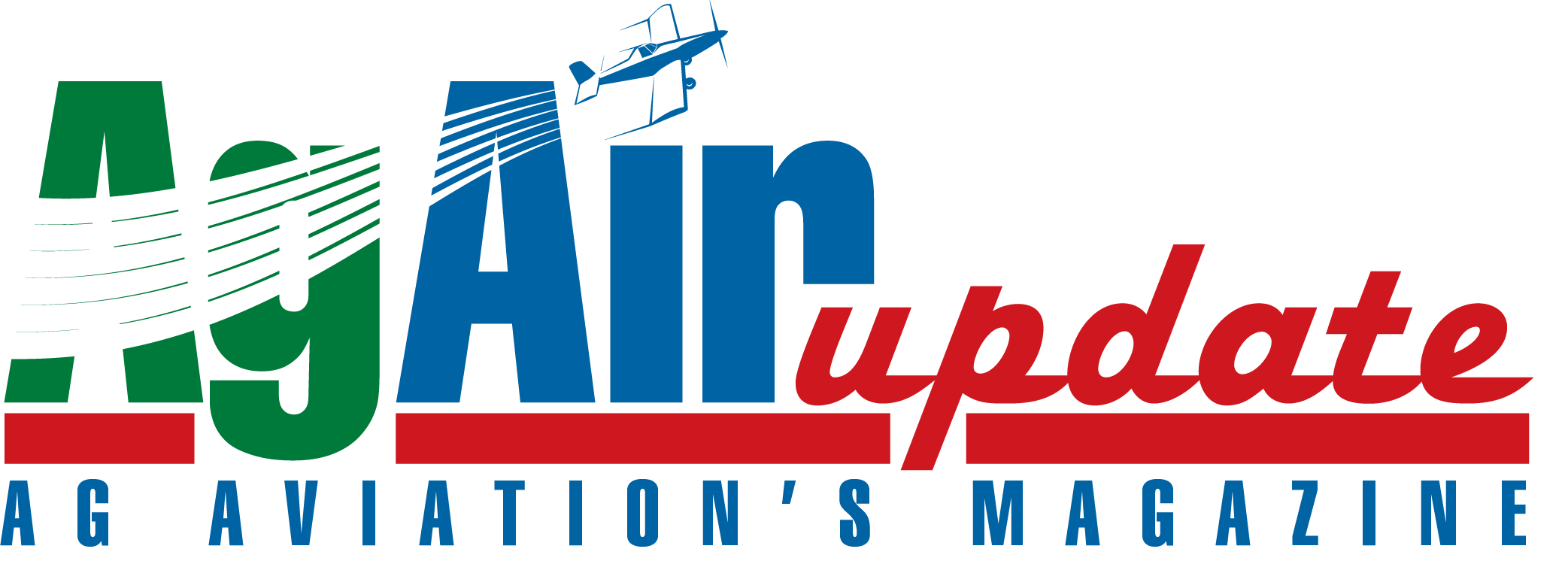It has been suggested to me by another ag pilot friend that I write about some of the safety-related items that we teach. A lot of this will be “old hat” to many of you or maybe more like “preaching to the choir.”
I have been asked on several occasions, “How fast are you going when you pull your Thrush off the ground?” My answer is twofold: first and foremost, I do not “pull” my airplane off the ground; I “permit” my airplane to fly when she is “ready”. And, second, “How fast am I going?” I really do not know; I have never looked at the airspeed indicator when she leaves Mother Earth.
When I was flying a Cessna 188 Ag Truck, about a hundred years ago, I had my own technique of getting airborne as soon as possible and that was to begin my takeoff roll with no flaps (least drag). When I thought the elevator was “alive,” I would push the stick all the way forward with my right hand and grab full flaps with my left hand. As soon as the tail was flying, I would release one notch of flaps. I believe this was a good technique.
How some ever, and In My Opinion, I do not recommend using this technique in any of the Air Tractor s or Thrushes with electric flaps. In the event of a flap motor failure, just as you are expecting to be lifting off terra firma, you may suddenly find yourself in a world of deep doo-doo! Your flap motor just failed! Also, raise your flaps slowly and incrementally. Don’t be too quick to reduce power from max allowable to cruise.
I think I am correct in my next statement. If someone can disprove me, wonderful, just let me know and I will correct myself. An FAA man told me a long time ago that you can not take away any item from an aircraft manufacturer’s published check list, but you can add to a checklist. For example, in our Turbo Thrush’s pre-take off checklist, I have added, “check dump handle unlocked.” In the event I do have to make an emergency dump, I will not be fumbling around trying to flip over the locking device.
And of course, in the event of engine failure, the first three items always to do are; fly the airplane, fly the airplane, fly the airplane!! But In My Opinion there is one aspect of that trite old cliché that pretty well goes unnoticed. In the event of an impending forced landing, you must trim the airplane for the best glide speed, ASAP. This is very close to Vy (best climb speed). If you do not do this, invariably you will descend either too fast or too slow, both of which will greatly decrease the gliding potential of your airplane.
Keep your head in a swivel motion. I know that many of you still ferry below 500’ AGL. If so, at least keep your head out of the cockpit.
And lastly, always carry a NASA Aviation Reporting System form in your airplane. Information on this program can be found at the FAA Advisory Circular 00-46D and FAR 91.25. You can pick up a copy or order this form from your local FSDO. It’s almost a “get out of jail free,” ticket. This is especially important if you are working near Class B, C, or D airspaces.
And so, and as per usual, be safe, have fun and make money.
Robert A. McCurdy





